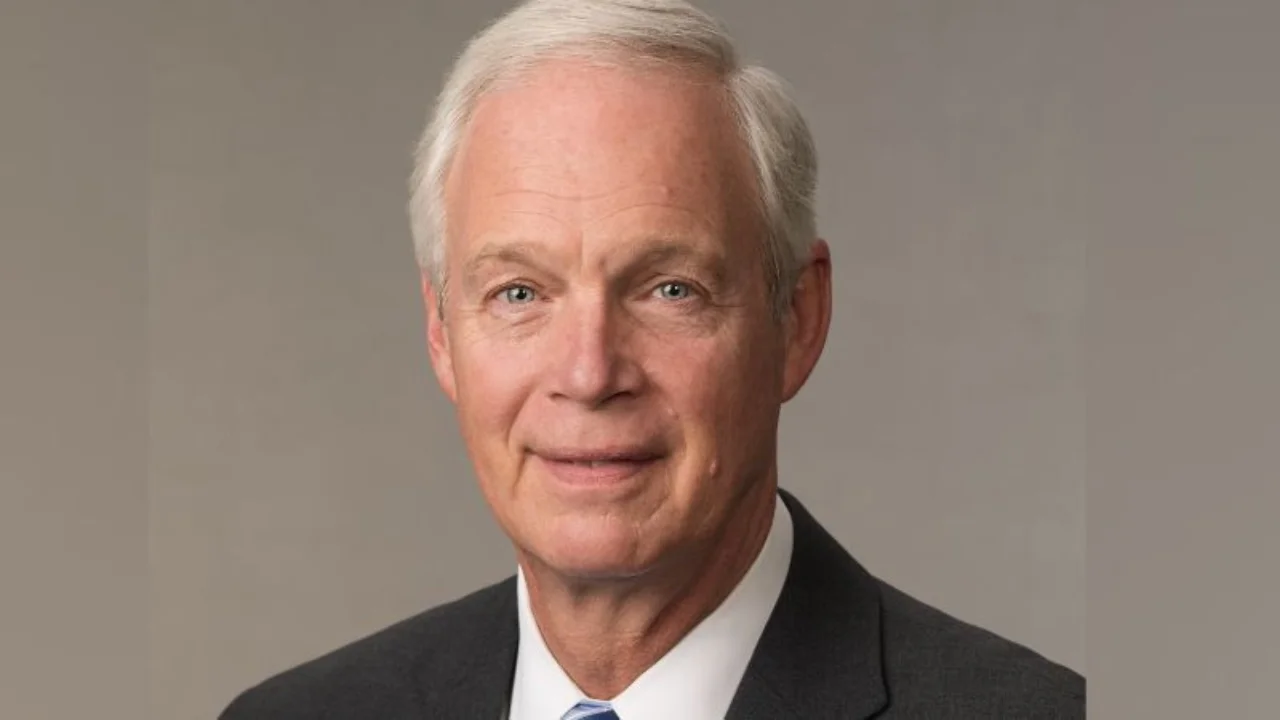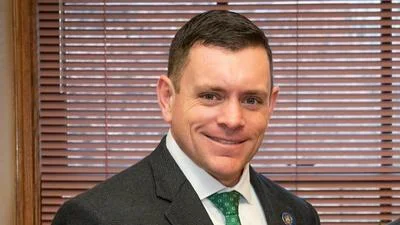Sen. Ron Johnson | Ron Johnson Official Website
Sen. Ron Johnson | Ron Johnson Official Website
On Wednesday, U.S. Sen. Ron Johnson (R-Wis.), Ranking Member of the Permanent Subcommittee on Investigations, along with U.S. Senators Gary Peters (D-Mich.) and Rand Paul (R-Ky.), Chairman and Ranking Member of the Homeland Security and Governmental Affairs Committee, and Richard Blumenthal (D-Conn.), Chairman of the Permanent Subcommittee on Investigations, released a bipartisan interim report on the U.S. Secret Service’s security planning, communications, and coordination failures that contributed to the July 13 assassination attempt on former President Donald J. Trump in Butler, Pennsylvania. The interim report includes key findings and recommendations to address those failures and ensure the Secret Service can effectively carry out its protective mission.
“Shortly after the July 13, 2024 assassination attempt on former President Trump in Butler, PA, I released preliminary findings detailing some of the significant security failures that occurred on that day,” said Ranking Member Johnson. “Today’s interim report expands on those security failures, but the investigation is not complete. Federal agencies like the Secret Service, FBI, and DOJ continue to withhold records that are vital to this Committee’s work. There is still much more information that the public and Congress deserve to know. Going forward, this Committee must be prepared to use compulsory process to ensure that the American people have a complete and thorough understanding of the security failures that resulted in multiple attempts on former President Trump’s life.”
“From planning missteps to siloed and flawed communication to lack of effective coordination between law enforcement to breakdowns in technology, the Secret Service’s failures that allowed an assassination attempt on former President Trump at his July 13 rally were shocking, unacceptable, and preventable – and they led to tragic consequences,” said Chairman Peters. “Moving forward, our bipartisan interim report makes recommendations for needed reforms to address these serious failures provide accountability and transparency for the American people, and ensure that the Secret Service has the tools and resources they need to prevent another disaster like this from happening.”
“Our initial findings clearly show a series of multiple failures of the U.S. Secret Service (USSS) and an inexcusable dereliction of duty,” said Ranking Member Paul. “Not only did USSS fail to ensure the AGR roof was adequately covered; they were also aware of a suspicious individual with a rangefinder for at least 27 minutes and did not delay proceedings or remove former President Trump from the stage even after being informed that the suspicious individual was on the roof of AGR building someone needs to be held accountable for these egregious failures by USSS despite USSS DHS FBI ATF other federal agencies continued obstruction bipartisan investigation will continue push answers accountability”
“What happened on July 13 was an accumulation of errors that produced a perfect storm of stunning failure,” said Chairman Blumenthal.” It was a tragedy completely preventable from outset there both failure provide resources working radio drone detection system counter surveillance team lack effective chain command looking forward need structural reform agency itself secret service filled dedicated skilled men women who serve country great risk themselves personal sacrifice they deserve better leadership today’s report only interim step look forward continuing pursuit evidence help understand what went so catastrophically wrong how we can prevent event like ever happening again.”
The interim report's key findings include:
- USSS failed to clearly define responsibilities for planning and security at July 13 rally: USSS personnel responsible for planning in advance denied individual responsibility deflected blame told committee decisions made jointly no specific individual responsible approval.
- USSS failed ensure AGR Building effectively covered: identified concern line-of-sight roof stage took no steps sufficient measures place knew local snipers planned set inside expressed no objections concerns personnel including Counter Sniper Team Leader did not enter roof prior shooting obstructed view area around threats.
- USSS failed coordinate state local law enforcement: gave no specific instructions covering positioning snipers considered operational plans communications siloed ensured share information real time.
- USSS failed provide resources enhance security: denied requests additional Counter Unmanned Aircraft Systems capabilities Counter Assault Team liaison requested Surveillance Unit patrol outer perimeter.
- USSS failed communicate suspicious person key personnel take action safety former president: approximately 5:44 pm notified local law enforcement observed rangefinder near AGR building eight informed two minutes before shots fired Security Room told individual roof shortly before shots fired counter sniper observed officers running towards guns drawn.
- Counter drone system experienced technical problems left inoperable hours: agent overseeing C-UAS capabilities called toll-free tech support troubleshooting several hours three months experience lacked knowledge equipment.
- Several officials reported technical problems radios common Hercules counter sniper offered local radio occupied fixing problems Special Agent Charge Pittsburgh field office gave Lead Agent radio not working airport motorcade left rally.
The interim report's key recommendations include:
Planning Coordination Congress require identify defined roles responsibilities advance planning improve specify among federal state partners policies protocols request review operational plans shared understanding vulnerabilities critical components Responsibility designate single individual approving all plans including perimeters Communications DHS execute retention record transmissions evaluate steps fully executed response activities given location remedy past compliance Intelligence consider sending assets future outdoor events evaluates threats agents informed relevant Resources evaluate budget requirements determined depending threat levels allocate based level position title protectee
###






 Alerts Sign-up
Alerts Sign-up